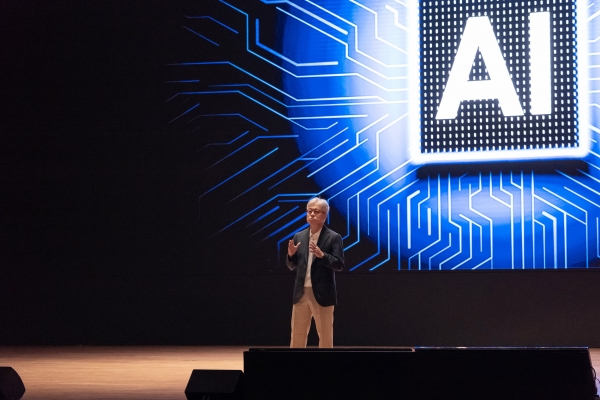2nm process EUV layer 20 mid-to-late level
foundry and DRAM also increase EUV layer

The extreme ultraviolet (EUV) layer required for Samsung’s 2nm process has increased by more than 30%. The industry expects EUV usage to continue to increase as long as semiconductor miniaturization continues.
On the 17th, according to the industry standard, the EUV layer of the 2nm process is 20 units. Compared to the 3nm process, which had 20 EUV layers, it increased by about 30%. The industry expects that the number of EUV layers will exceed 30 from the 1.4nm process, which is scheduled for mass production in 2027.
Samsung Electronics introduced the EUV process for mass production of 7nm in 2018, and has since increased the EUV application layer for the 5nm process and the 3nm process. The EUV layer refers to the steps in the EUV process required to produce semiconductors.
An industry official explained, “The EUV layer continues to increase due to the impact of semiconductor miniaturization,” adding, “Although it varies by product, the EUV layer required for the production of 2nm semiconductors has increased by more than 30% compared to 3nm.”
As the EUV layer required for the front-end process increases, TSMC, the world’s No. 1 foundry, is also increasing the adoption of EUV equipment. TSMC expects to order a total of 65 EUV devices until next year. It plans to secure 30 and 35 units this year and next year, respectively. Considering TSMC’s current EUV equipment, it is estimated that TSMC will have more than 160 EUV devices in the future.
The EUV layer is also increasing in DRAM. Samsung Electronics and SK Hynix apply 6~7 EUV layers and 5 EUV layers respectively, to 10nm 6th generation (1c) DRAM. Micron also applies one EUV layer to its 1-gamma (γ) DRAM. Micron-produced DRAM using only deep ultraviolet (DUV) equipment up to 1 beta (β) DRAM.
As EUV processes are expanding throughout semiconductor production, the industry expects EUV-related industries such as photoresists (PRs), blank masks, and pellicles to grow further. However, the market for PR for EUV, blank masks, pellicles, etc., is occupied by overseas companies.
An official from the semiconductor parts industry emphasized, “Material, Parts, and Equipment companies are steadily conducting R&D with the goal of localization EUV-related products.”
Among Material, Parts, and Equipment companies, Dongjin Semichem is the most advanced in the EUV-related market. Dongjin Semichem started supplying positive PR for EUV to Samsung Electronics in December 2022, and succeeded in localizing EUV PR by supplying negative PR for EUV in the second half of last year. Recently, Samsung Electronics has been promoting the supply of EUV PR required for the 1c DRAM process.
S&S Tech, a blank mask company, is also striving to enter the EUV blank mask market. The EUV blank mask market is currently dominated by Hoya. It has been confirmed that S&S Tech is almost ready for mass production of EUV blank masks in the first half of this year. Once the customer’s qualifying test is completed, full-scale mass production is expected to begin.
In addition, companies such as FST are preparing to enter the pellicle market for EUV.
Source:
Reporter Noh Tae-min tmnoh@thelec.kr
